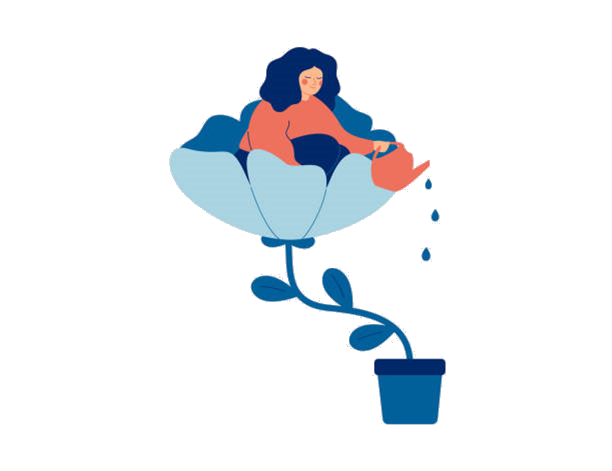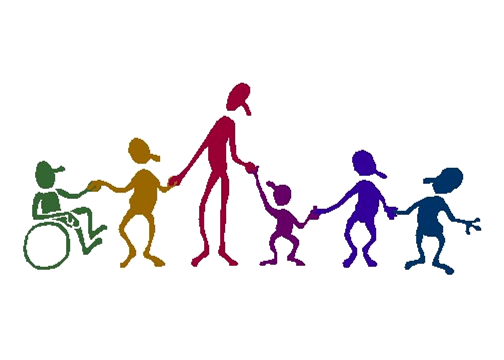Inclusive Teaching Checklist
Visuals 
- Whole class visual timetable on display and referred to.
- Individual timetable when needed e.g. now/next board.
- Use of visuals/images when introducing new topics/vocabulary.
- Working Wall – maths and literacy specific.

Seating 
- Carefully thought-out seating plan to reduce distractions for some children.
- Careful consideration to group work to ensure all children participate.
- Children in line of sight of the board.
- Pupils sat according to relevant accessibility needs e.g. pupil needing movement breaks near door.
Resources 
- Classroom resources organised, labelled and easily accessible.
- Teachers have planned adequate number of resources to share throughout the whole class.
- Subject specific resources evident on tables and available to all pupils to support learning e.g. atlas, word bank etc
- Teachers have ensured that the word difficulty and technical ability of the text is age appropriate and accessible to all pupils.
- Resources are allocated to individual pupils to support with their learning need e.g. pencil grip, writing slope.
Developing Independence 
- Reference to key strategies of what to do when you get stuck.
- Reference to ‘what a good one looks like’ or visual examples given out.
- Teachers have planned learning tasks that meet the range of needs within their class, so all pupils are able to work with some level of success.
- Children have a follow up /challenge activity that they can go onto do after the main task.
Teacher Inclusive Techniques 
- Teacher uses age-appropriate language and adapts accordingly.
- Teacher uses simple, well-known vocabulary and short sentences as appropriate.
- Teacher recaps prior learning/ makes clear links to previous learning.
- Regular movement breaks are given as appropriate.
- Use of multi-sensory approaches.
- Clear modelling of learning task.
- Recap instructions prior to children starting a task.
- Repeat key words and highlight within modelled writing.
- Model making mistakes and having difficulties to support a growth mindset approach.
- Teachers providing targeted support to individuals or groups of pupils during task time.
- Teachers providing positive feedback to children during the lesson.
- Teacher providing/planned for a variety of scaffolded
Teaching Assistant Inclusive Techniques 
- TA work with individuals or groups of children to support pupils learning.
- TA will support children with attention and focus difficulties during carpet/whole class discussion.
- TAs will give positive and specific feedback to children during the lesson.
- TA will support Teachers with whole class behaviour management.
- TAs will support children to be independent in their approach to learning using the scaffolding approach.
Dyslexia friendly approaches 
- Worksheets/WB presentations:- Large dyslexia friendly font
- Coloured background
- Worksheets/slides printed out for individuals as needed.
- Pupils provided with additional thinking time when answering questions out loud.
- Teachers make adaptations for pupils who might struggle to answer a question in front of the class or to read out loud.
